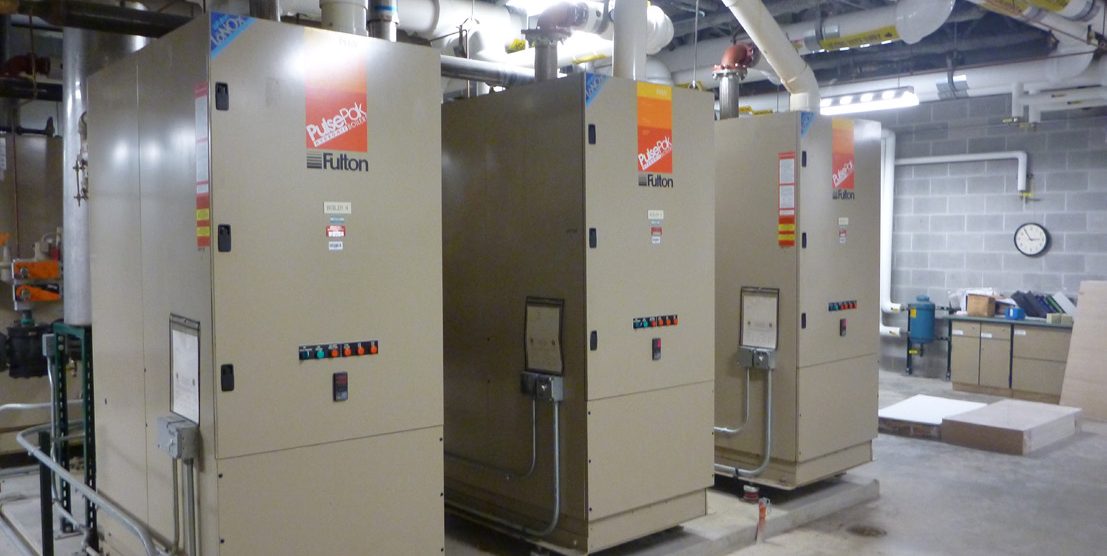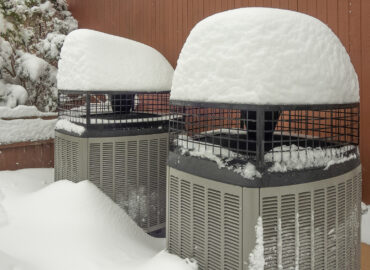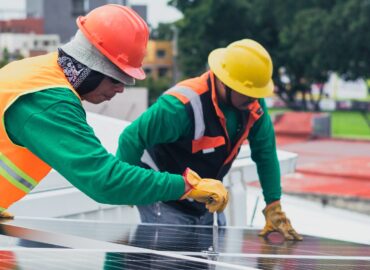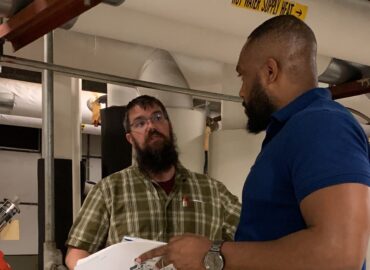Are you wondering if COVID-19 can be transmitted through HVAC systems? Afraid to go back to work thinking that you may expose yourself to COVID-19 by being in the same building as a sick or asymptomatic person? You’re not alone in wondering about this.
The Association of Heating Refrigeration and Air Conditioning (ASHRAE) has created an Epidemic Task Force to address the relationship between the spread of the disease and HVAC in buildings. Some people who are fearful that COVID-19 can be spread through HVAC systems are considering shutting down HVAC systems to mitigate spread. ASHRAE issued the following statement in response:
“ASHRAE opposes the advice not to run residential or commercial HVAC systems and asserts that keeping air conditioners on during this time can help control the spread of the virus. Ventilation and filtration provided by heating, ventilating, and air-conditioning systems can reduce the airborne concentration of SARS-CoV-2 and thus the risk of transmission through the air. Unconditioned spaces can cause thermal stress to people that may be directly life threatening and that may also lower resistance to infection. In general, disabling of heating, ventilating, and air-conditioning systems is not a recommended measure to reduce the transmission of the virus.”
There has been one documented instance where several people were infected by a person sitting near an air-conditioning vent, but they were infected because they sat downwind from the infected person, not because the virus was drawn into the HVAC system and then distributed.[1] The same could happen outside if you stand downwind from an infected person.
Typical HVAC filtration levels (MERV 6, 8, 11, 13) are not designed to filter out most viruses. Rather, HVAC systems can dilute contaminated air with fresh ventilation air and reduce the risk of transmission. The best methods for controlling the spread of the virus in buildings are personal hygiene (wash hands frequently, wear mask), social distancing (6 ft minimum distance) and making sure that sick people stay home.
SEDAC recommends the following best practices when buildings are occupied during the period of risk to maintain a healthy indoor environment through HVAC operations and maintenance:
- Minimize total air flow while still providing adequate conditioning of air (heating, cooling, ventilation, dehumidification). Turbulent airflow should be avoided as it can re-suspend particles or keep them suspended for longer periods of time, increasing exposure risk. Don't increase airflow to try to flush out the virus from the air.
- Replace filters when loaded and check pressure drop across filter vs. design pressure drop.
- Use proper personal protective equipment when changing air filters (face mask and disposable protective gloves)
- Bag and dispose of used filters to avoid human contact.
- Increase outdoor air when feasible to dilute contaminants. Check economizer controls and verify proper operation.
Building operators are urged to revert to normal building operations after the period of risk has passed.
SEDAC will continue to follow this evolving issue and keep you updated in future blog posts.
[1] https://wwwnc.cdc.gov/eid/article/26/7/20-0764_article#comment





